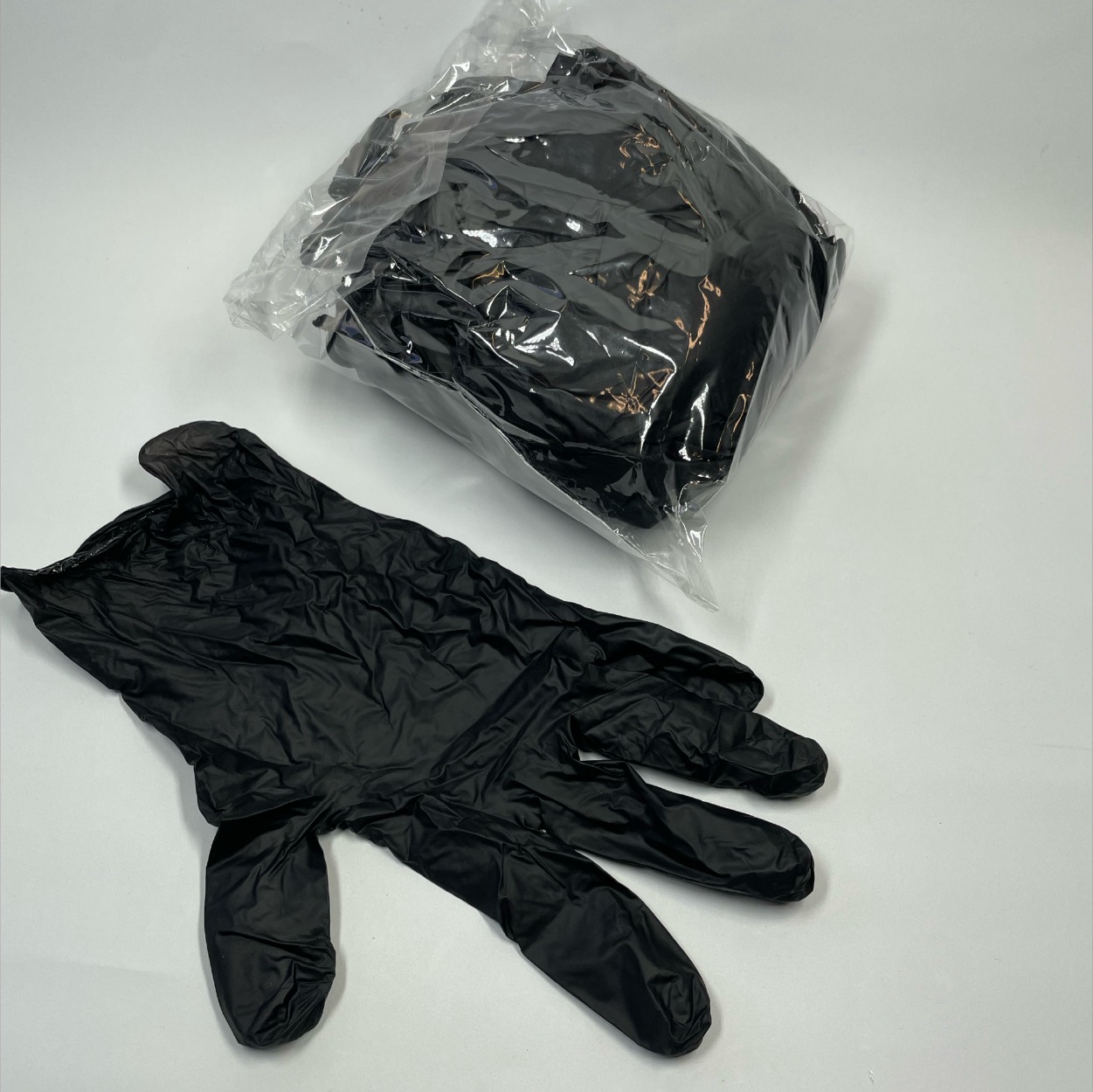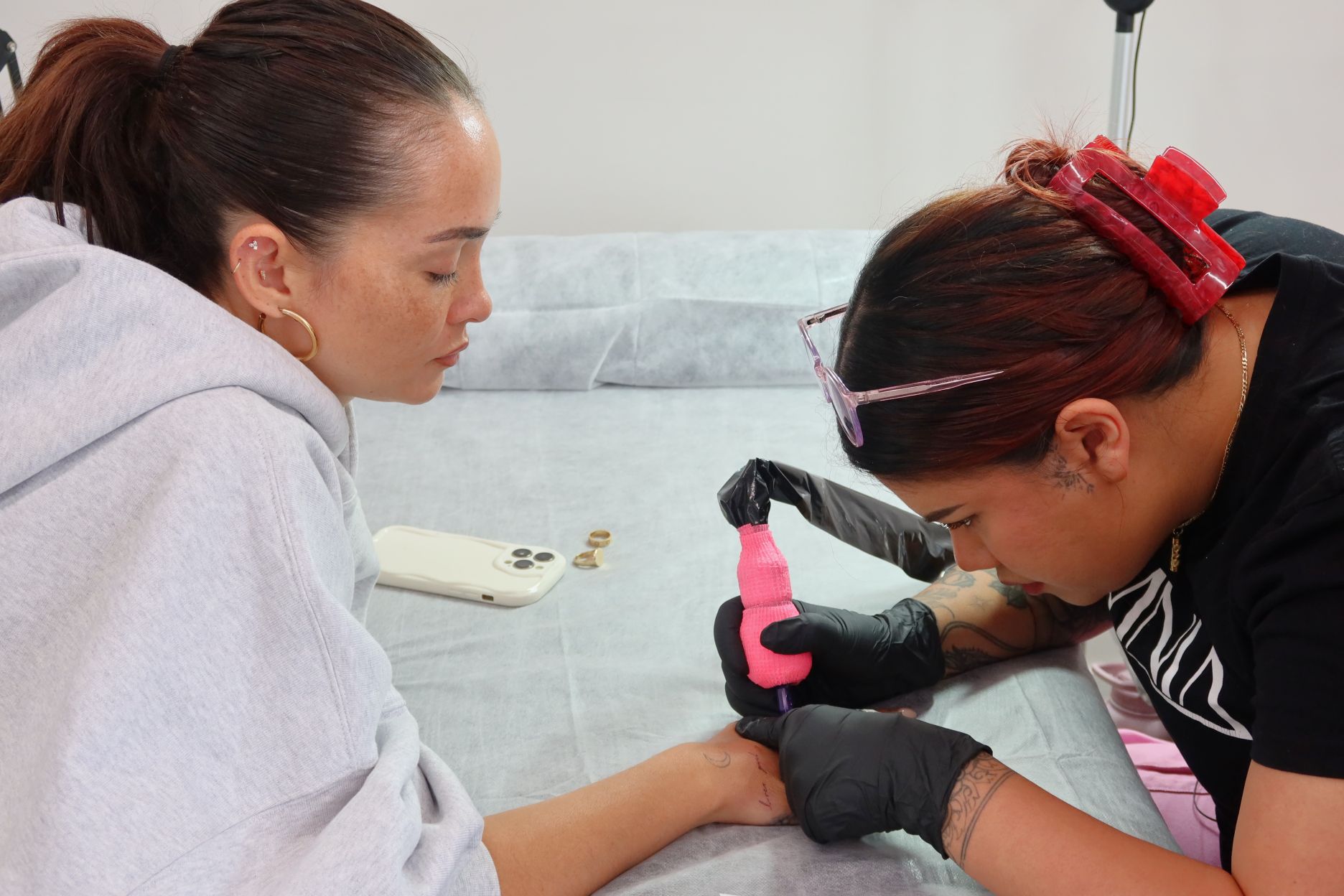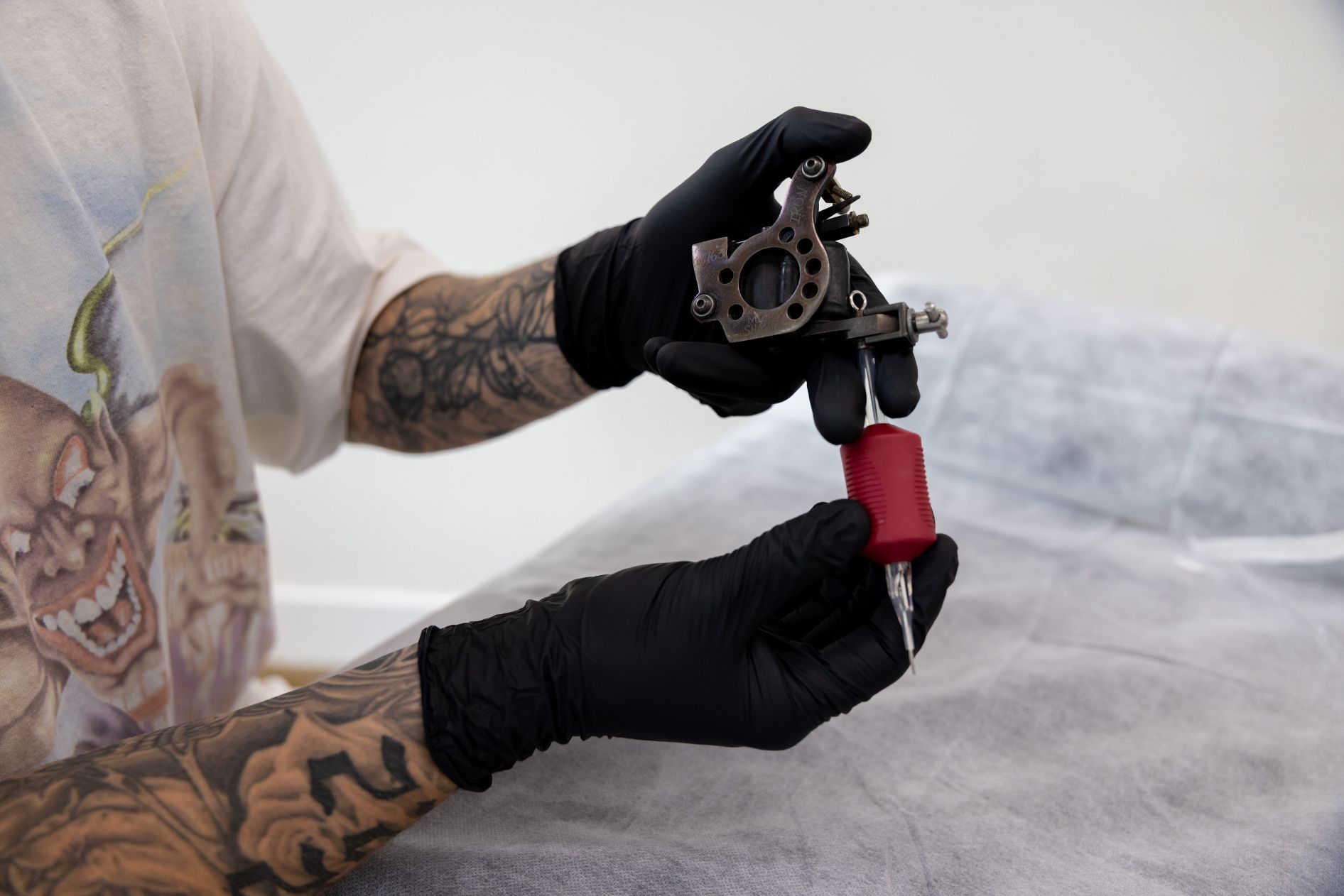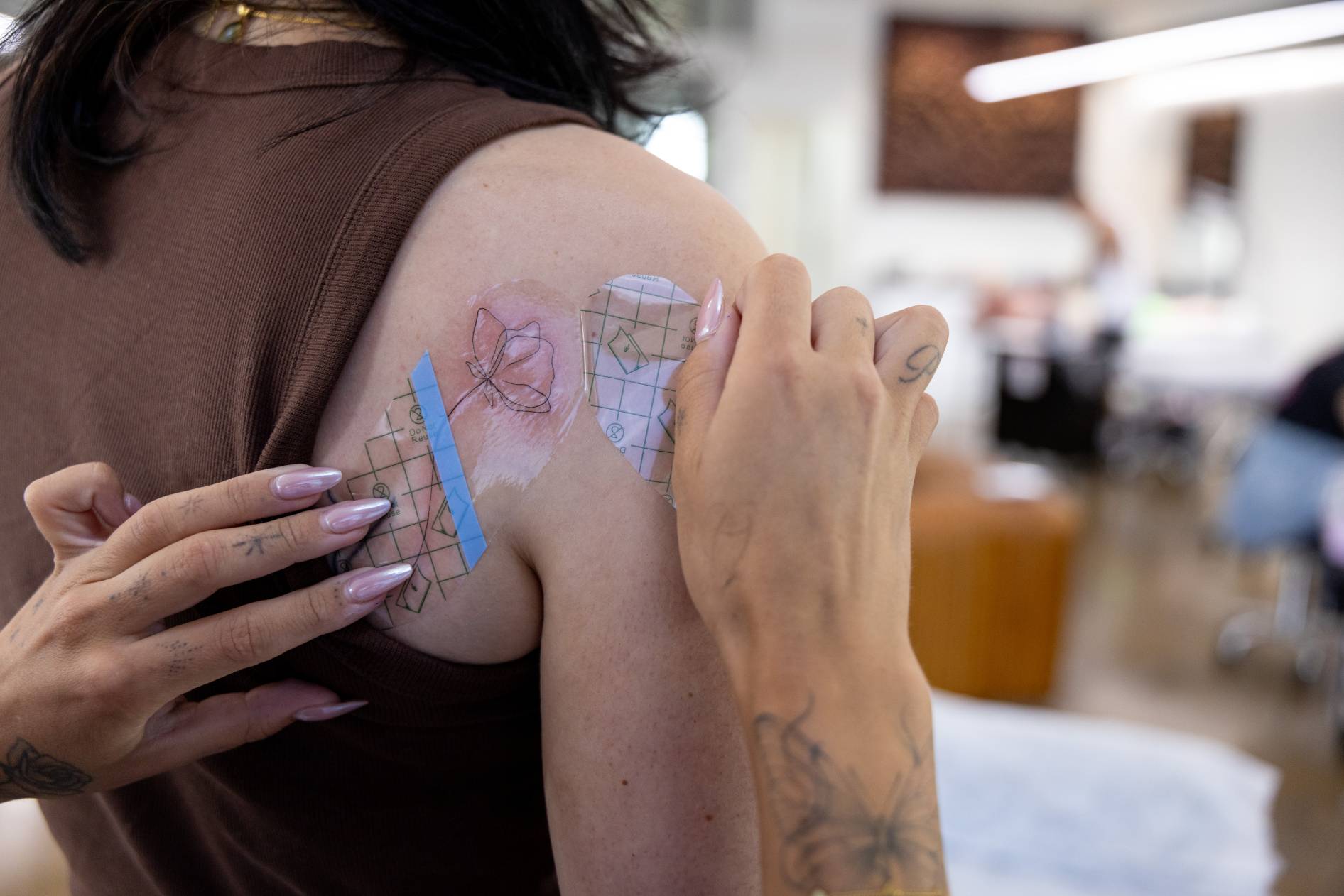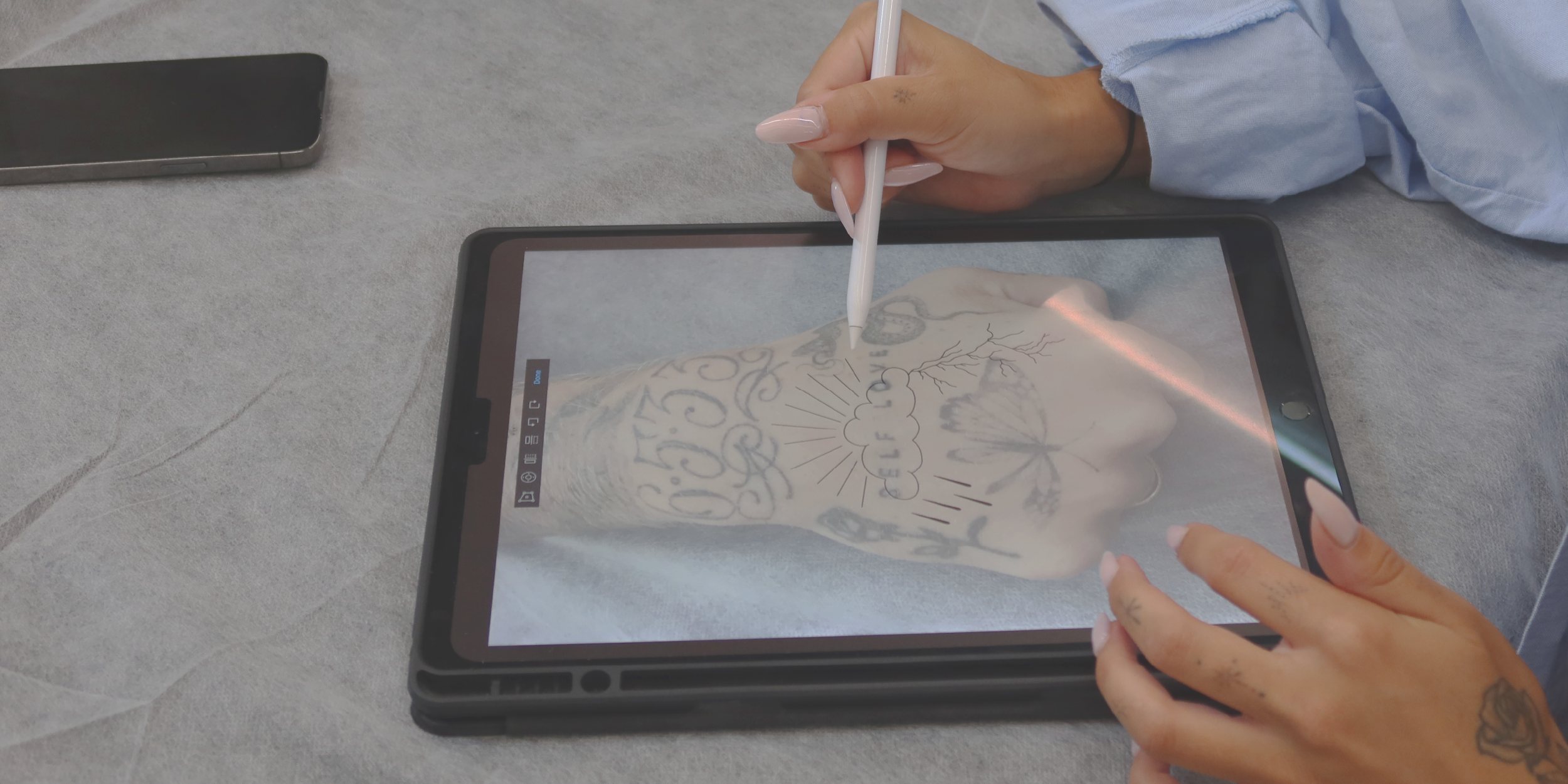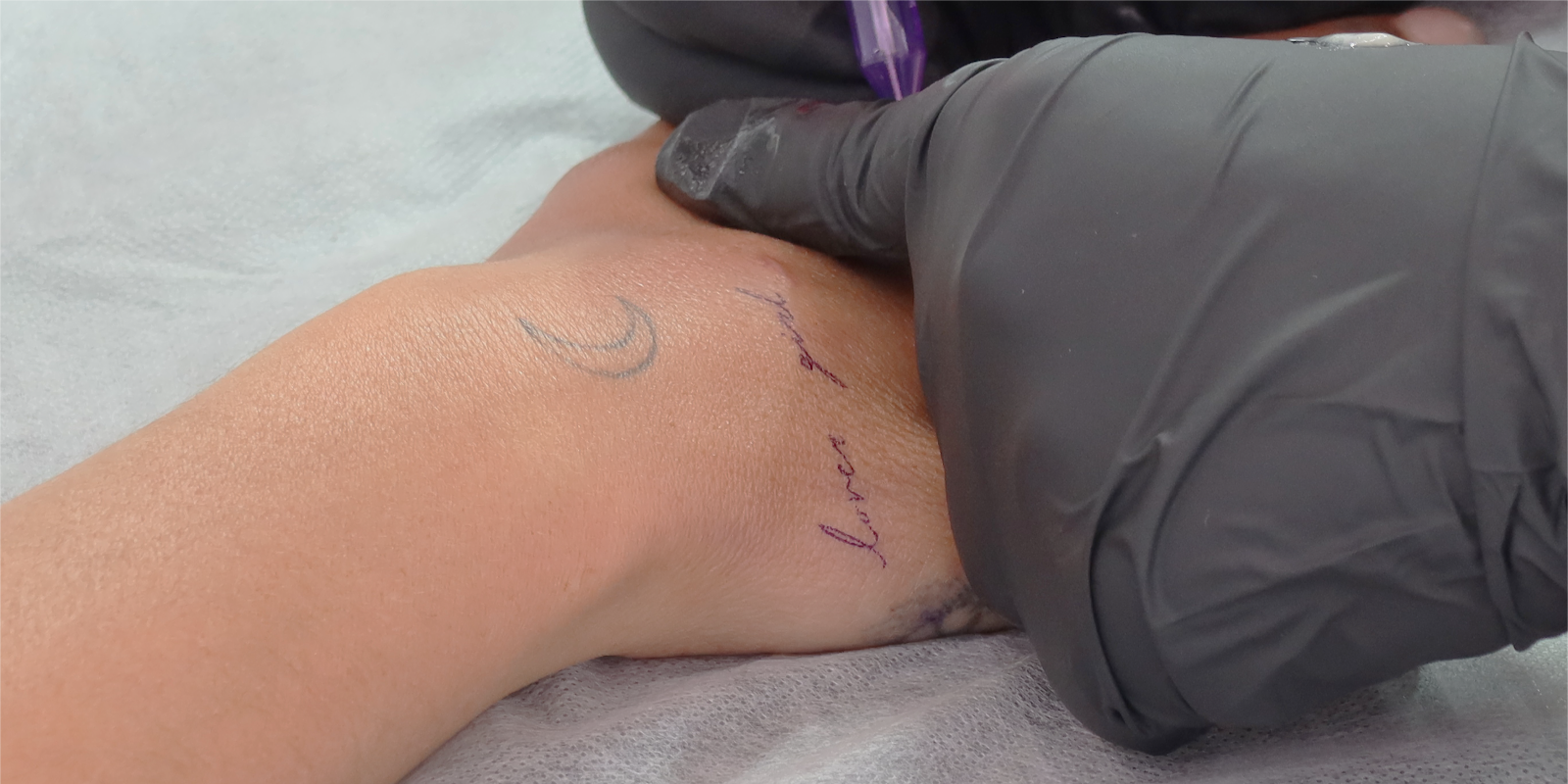Whether you’re a first-timer or an advanced artist, skipping on safety practices is a no-go. A flawless tattoo doesn’t mean much if it isn’t created in a safe and hygienic environment. This guide will step you through the essential tattooing 101 safety practices, ensuring you provide clients with a high-quality, professional experience.
SET UP A STERILE WORKPLACE
Keeping a clean and bacteria-free tattooing workspace is a must. Workspaces should be sanitised between sessions and at the end of a workday using medical-grade disinfectants. This eliminates potential bacteria and viruses that could cause infection. Always use disposable gloves during sessions, remembering to change them after contact with any non-sterile surfaces. By adhering to professional standards of cleanliness, you protect your clients and build trust and credibility as an artist.
CONSULTATION AND HEALTH SCREENING
During your initial consultation with your client, it’s vital that you find out about any health conditions or allergies that may impact the tattooing process. Conducting a thorough health screening is key. This includes reviewing your client’s medical history, including allergies, bleeding disorders, heart conditions, or other relevant medical conditions. In addition to this, you should also ask your clients if they are on any medication or have lifestyle habits that may influence the healing process.
The simple and best way to do this is to have your clients complete a questionnaire during your first consultation. This will inform whether any adjustments to the tattoo process need to be made, such as performing a patch test for skin sensitivities or switching to non-latex gloves if your client has a latex allergy. Precaution is key – taking these steps ensures a safe experience for both you and your client.
OPT FOR HIGH-QUALITY, SAFE MATERIALS
When it comes to tattooing, the materials you use make a huge difference in the outcome. Using high-quality, professional-grade tools and supplies not only ensures a cleaner and better-looking piece but it helps to minimise the risk of infection or allergic reactions. When it comes to sourcing your ink, needles, or other equipment, make sure to do your research first. The key is to order from reputable suppliers that adhere to industry safety standards. Cutting costs on materials may be tempting, but it can compromise both the quality of your work and the client’s health.
PROPER AFTERCARE INSTRUCTIONS
As a tattoo artist, your duty of care extends beyond the needle on the skin. Providing your client with clear, detailed aftercare instructions is essential to ensure proper healing. Advise your clients on how to keep their new tattoo clean, recommend an appropriate healing ointment, and avoid sun exposure and swimming in water before the tattoo has fully healed.
Integrating these tattoo safety practices into your routine is crucial for delivering top-quality work, safeguarding your clients from potential risks, and building trust. In our tattoo courses, we include learning units specifically dedicated to safety, to ensure you leave the course with not only the technical tattoo abilities, but the confidence to execute safe practices. Whether you’re learning how to tattoo for beginners or want to sharpen your existing skills, we’ve got online tattoo training for you.
